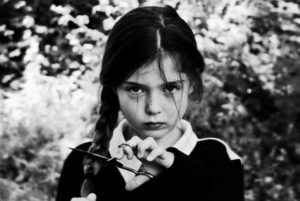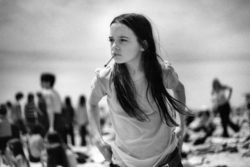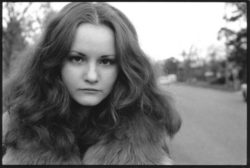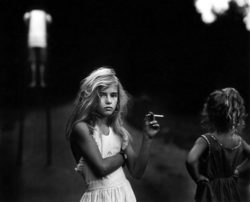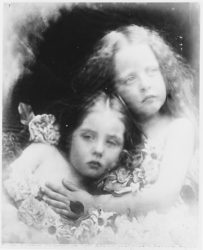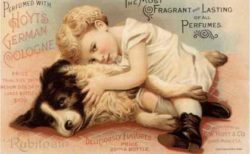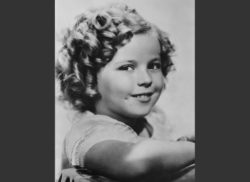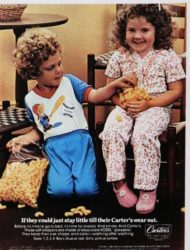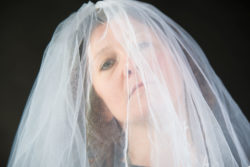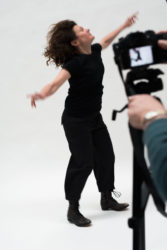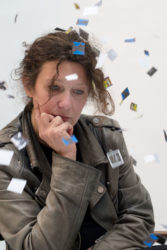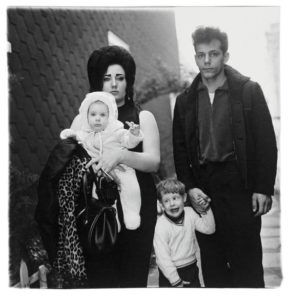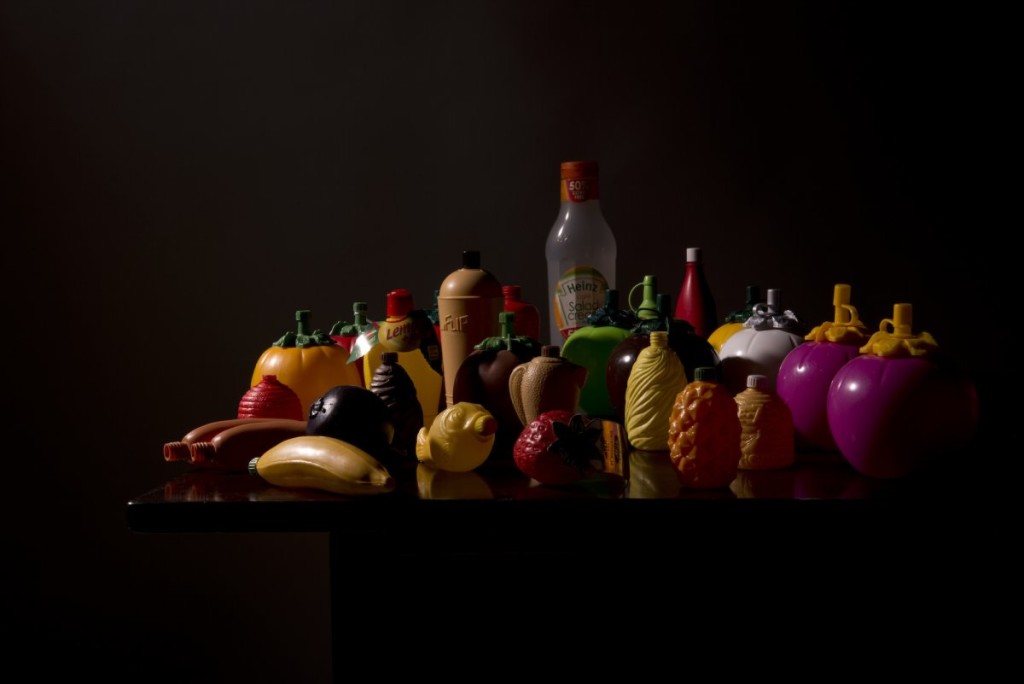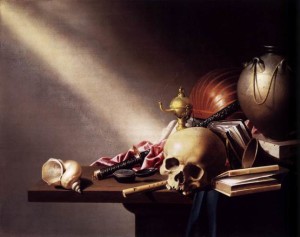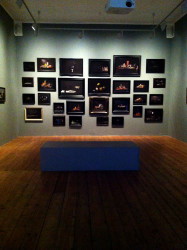Exercise: Select an advertising image and write on as many parts of the image as you can. Comment on what it is, what it says about the product, and why you think it’s there. Come back to this exercise when you’ve finished Part Four and see if you can add anything to your analysis.
I got quite absorbed in this exercise and ended up using several examples rather than just one. I deliberately chose a varied set including a few that could be regarded as iconic. I also included a couple that might be thought of as breaking with the norm in terms of advertising including the Dove Real Beauty campaign and Radiance (L’Oreal) with Helen Mirren.
I looked at each in turn and started with an intuitive response, then considered their composition and structure looking at lighting in particular. I also tried to identify the signifiers and signified. The variety in the product placement was interesting, in two cases (Obsession & Radiance) there was no obvious product image included at all. Having done the short course with Karl Taylor in January the No5 ad reminded me that he said he always uses graduated lighting on his products shoots to signify luxury. The ads use a variety of gazes in terms of the models involved, they all include people, and they use a range of backgrounds from solid black to outdoor. Based on my interpretations the ads signified different things depending on the brand (not all I imagine are what the advertisers would want):
- Dove – all women are beautiful (I have mixed views about the campaign bearing in mind it is still a commercial product)
- No5 – success, achievement, glamour, aspirational
- Obsession – danger, intrusive, vulnerability (I still find this ad quite disturbing even more so having read some of its backstory and realising Kate Moss was 17 at the time)
- Calvin Klein – health and well-being, strength and flexibility, an aspirational body
- Levis Roadwear – freedom, free spirit, following your dreams
- Rolex – achievement, success, breaking boundaries and exploration, life changing achievements (There is an odd dissonance in that I had read the figure as Amilia Earhart but the factoid is about the sound barrier being broken in 1947)
- Radiance – strong, empowered, visibility, self-esteem, growing old with dignity and flair
In looking back at my initial thoughts I think I was reasonably comfortable with reading the advertisements but what I did not have at that point was the language to fully express the relationships between referent systems.
Reading Williamson (1978) and Hall (2012) highlighted different elements I was able to then apply. The aspect I found most useful from Hall was that of the linking notion or the ‘abstract concepts’ (Hall, 2012: 54) that connect signifier and signified and that this can be thought of in metaphorical terms. For example, the No5 ad with Nicole Kidman where she is placed in metaphorical relationship with the perfume associating it with beauty, glamour and success, Hall describes it in terms of a form of transference.
Having a deeper framework for analysis provided by the reading and the exercises in this section has added to the depth of my understanding. What I found particularly interesting was making comparisons across the set of advertisements to see the different techniques that have been adopted. It seems to me their core referent systems are based around the fact that however sophisticated these signs are they are ultimately designed to sell products and make money for those paying the ad agencies. This in turn ties their reading into wider economic, cultural and social systems.
The decoder of advertisements is no longer a passive colluding reader but a critical reader, revealing and effectively denying the efficacy of the process of meaning transference.(Harvey, 2011)
References and citations
Hall, S. (2012). This Means This This Means That: A user’s guide to semiotics. London: Laurence King Publishing.
Harvey, L. (2011). Class: Judith Williamson – Decoding Advertisements Retrieved 28th February, 2016, from http://www.qualityresearchinternational.com/csr/classwilliamson.php
Williamson, J. (1978). Decoding Advertisements: Ideology and meaning in advertising. London: Calder and Boyers.







